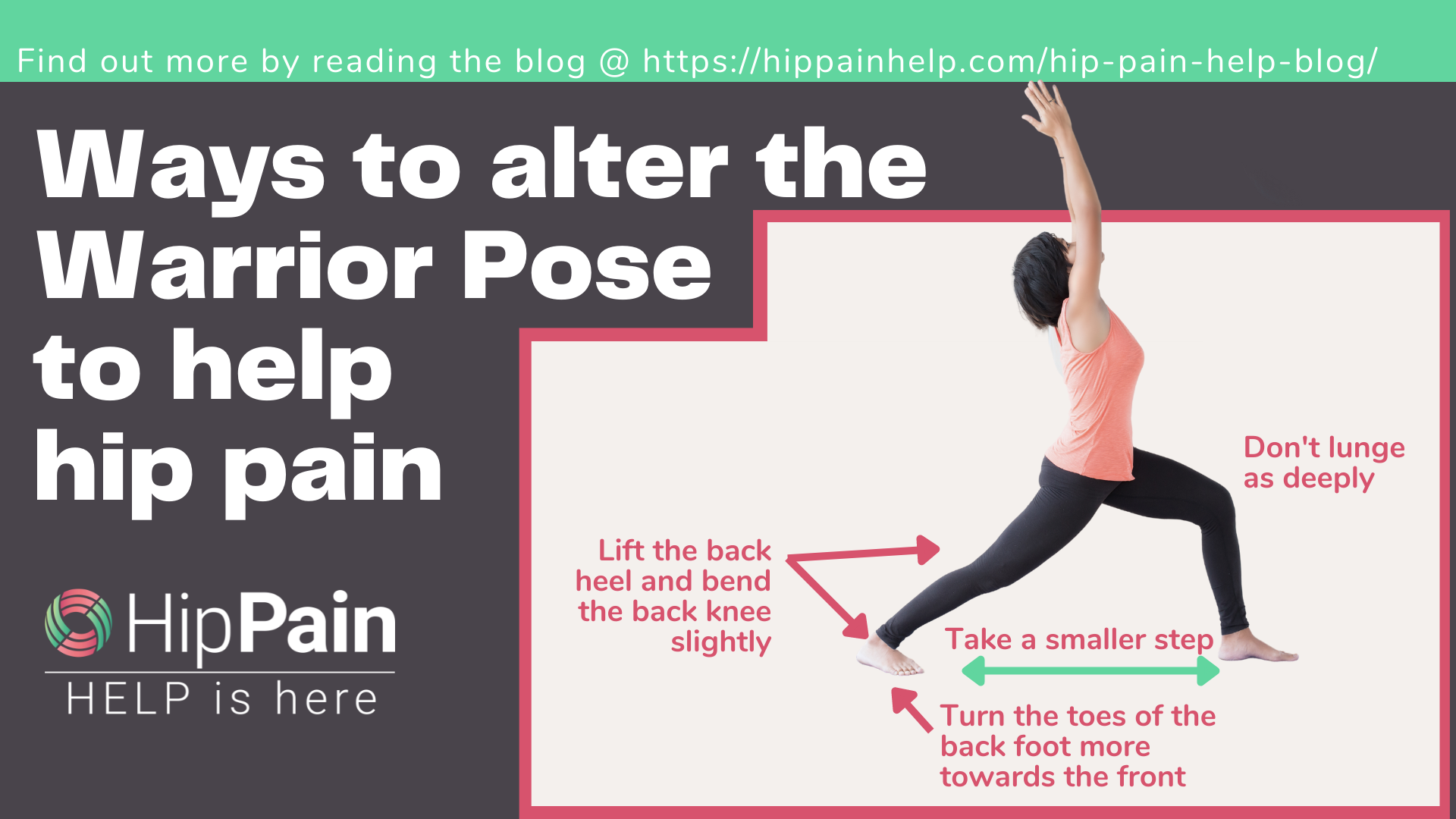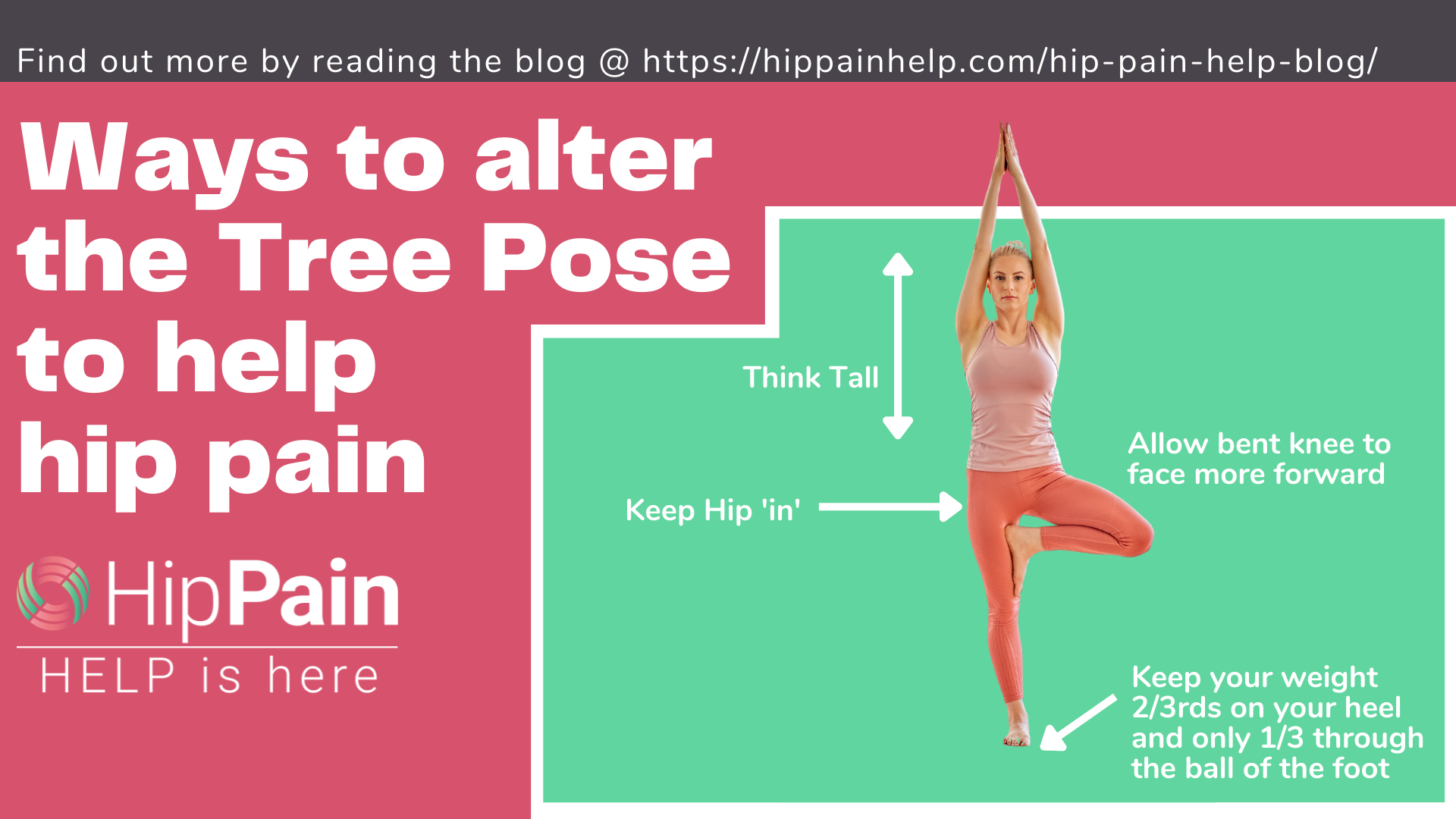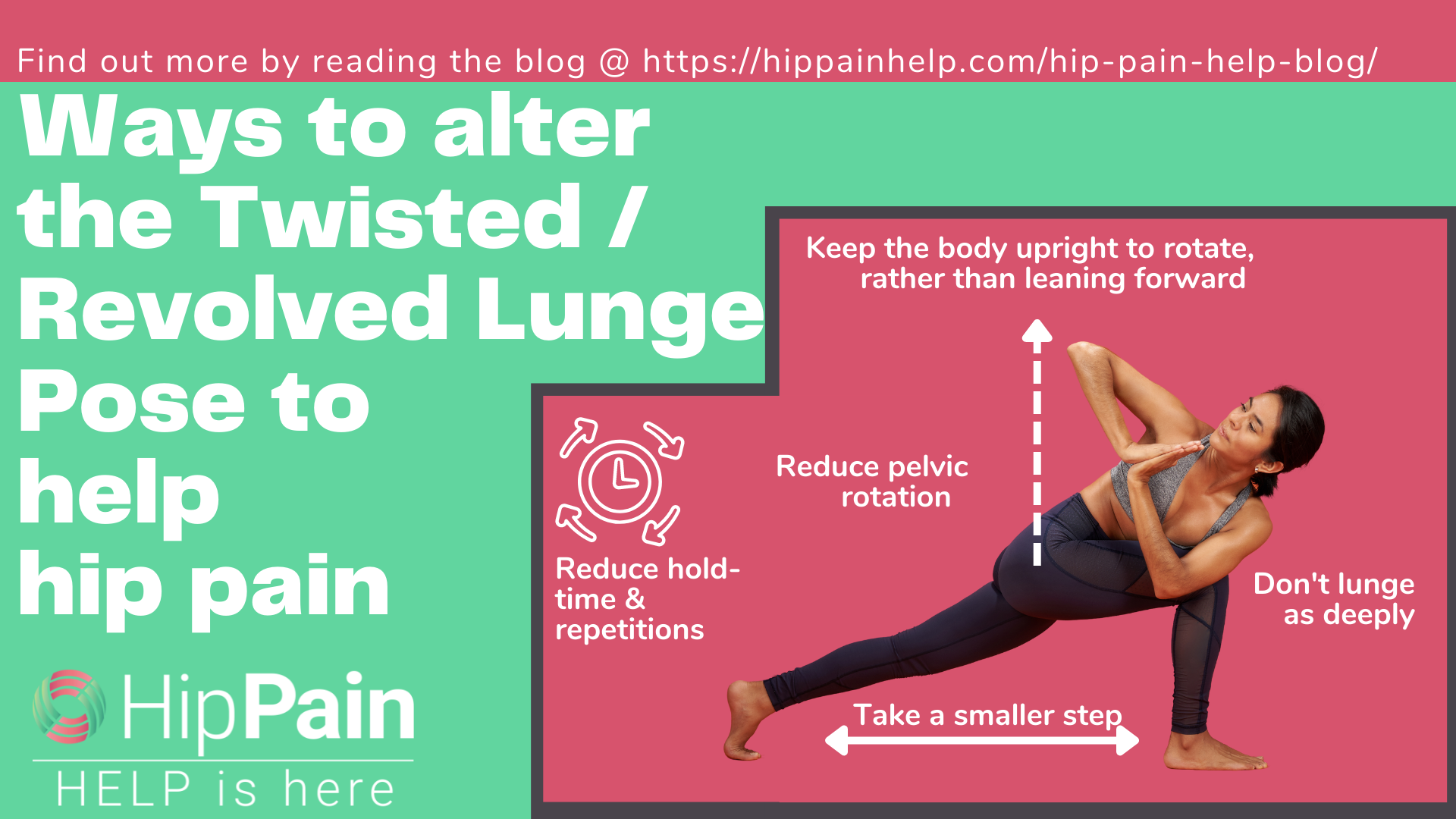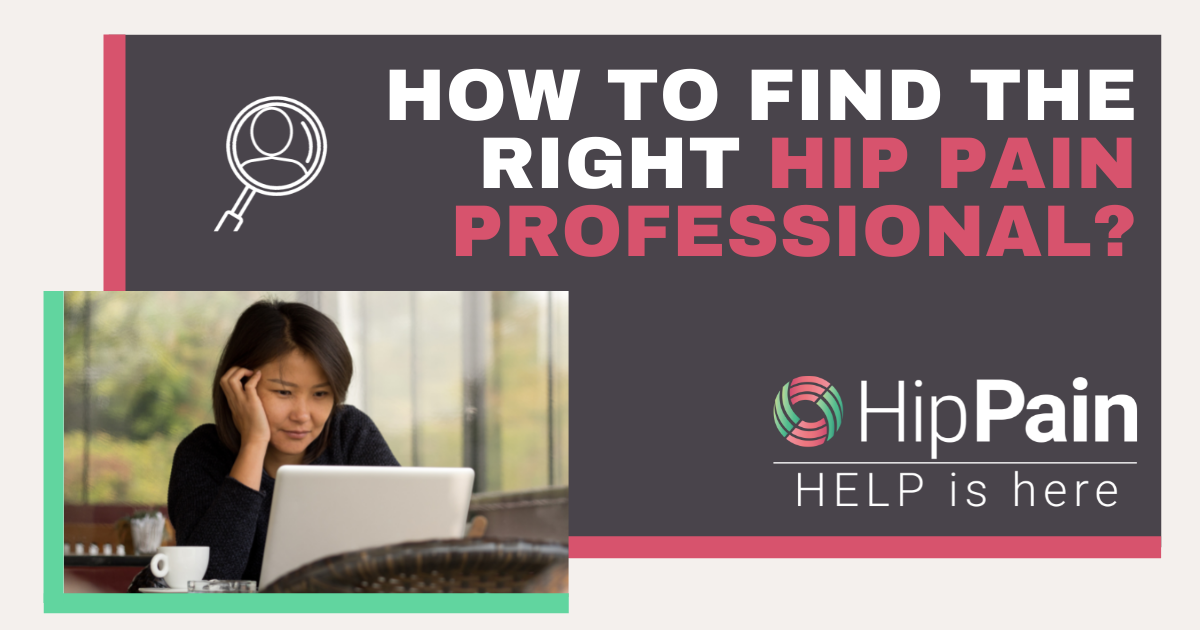In answer to your question as to whether yoga helps hip pain, yes, yoga has the potential to build strength and balance around the hip and pelvis, particularly the standing poses. Weakness and poor muscular control of your pelvis and femur (thigh bone) are much more likely to be underlying issues for those with hip pain, rather than lack of flexibility. Often the reduced range that comes with hip pain is due to joint inflammation and muscle guarding to protect the joint. Forceful stretching usually does little to address the real underlying issues and may make symptoms worse. When practising yoga with hip pain then, focus on control and balance through your movements and don’t force or sustain your hip in any uncomfortable end-range position. Work with your hips to improve your strength and muscle support during dynamic poses, making the simple alterations covered in this blog to ensure that your yoga does help your hip pain.
We hope this blog has helped you to understand ways you can alter your hip positions in yoga poses where you are required to:
- Sustain an extreme ‘open’ or stretched position of the hip, or
- Sustain or repetitively move into an extreme ‘closed’ or compressed position, a position of hip impingement.
To receive regular hip tips and blogs packed full of hip and pelvic pain management information, sign up to our newsletter.
We have aimed to bring you thought provoking blog with plenty of tips, but it will be no means provide all the answers for every individual. If you have ongoing hip pain during or after yoga, even after trying these tips, we strongly suggest you get in touch with a Hip Pain Professionals. The Professionals on our Hip Pain Help Directory know hip and pelvic pain – get in touch now – click here. And remember – video consultation is an excellent alternative if the professional you think would be best for you is located too far away for a face-to-face visit. Make sure to give it a try.












